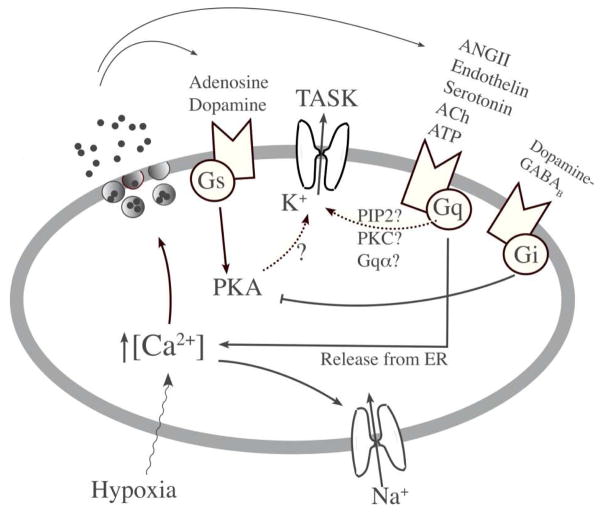Figure 3. Putative auto-regulatory mechanisms involving TASK in glomus cells.
Glomus cells express a large number of different types of receptors coupled to Gs, Gi and Gq. Transmitters secreted from glomus cells by hypoxia probably bind to such receptors and modulate cell excitability via autocrine and paracrine pathways. Although it has been suggested that agonists linked to PKA modulate TASK activity, this remains to be proven. Agonists coupled to Gq are predicted to inhibit TASK activity, but they have not yet been tested directly in glomus cells. Which of these transmitters produce a significant feedback on hypoxia-induced depolarization is not clear and this topic remains an area of future study.

